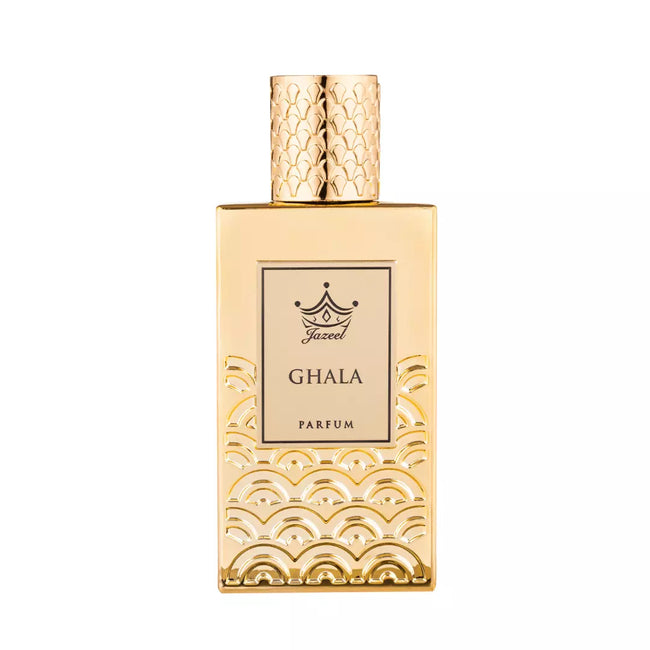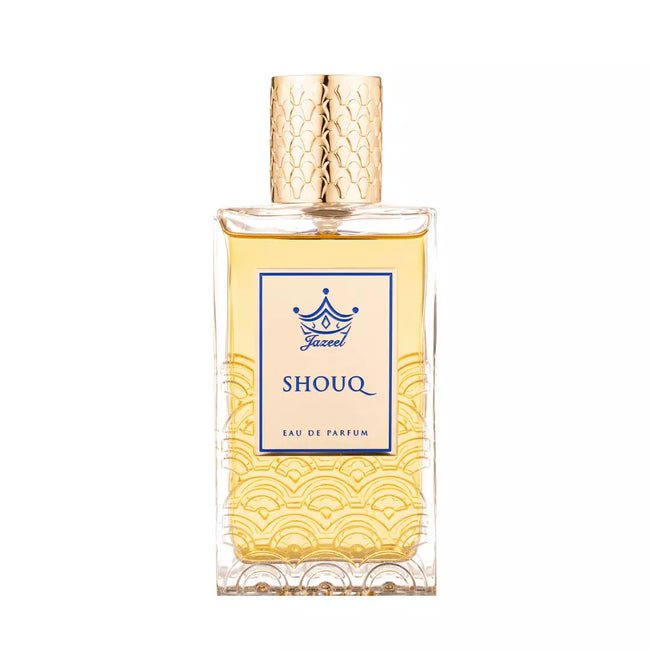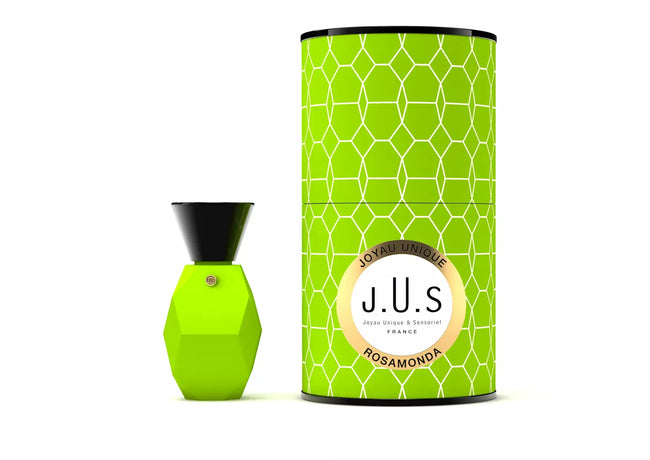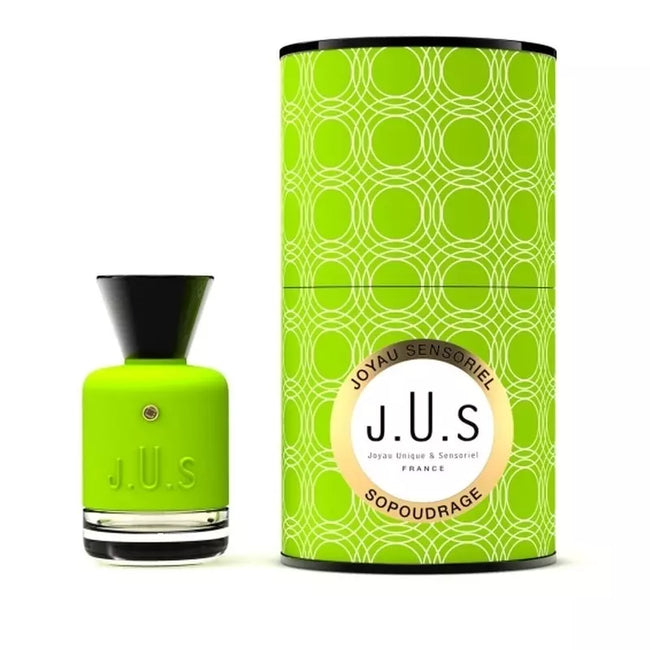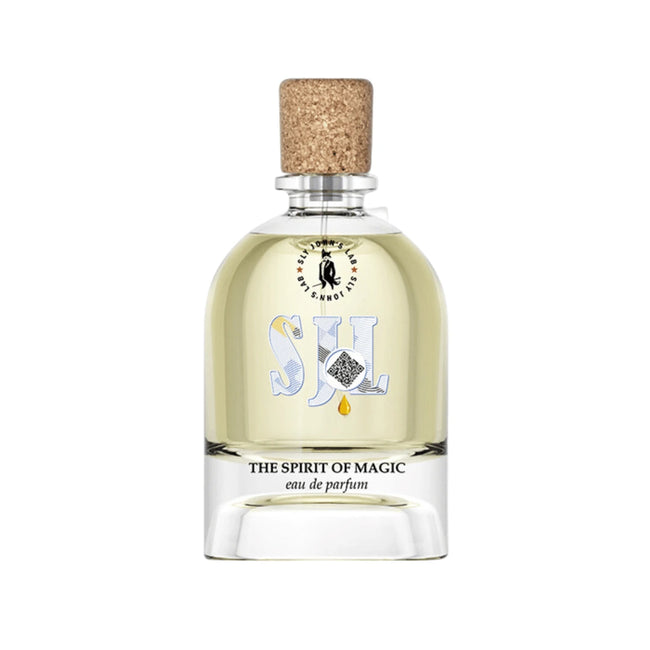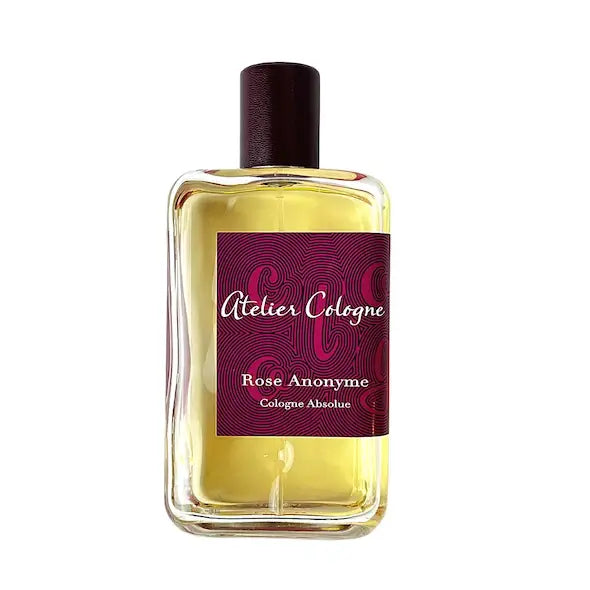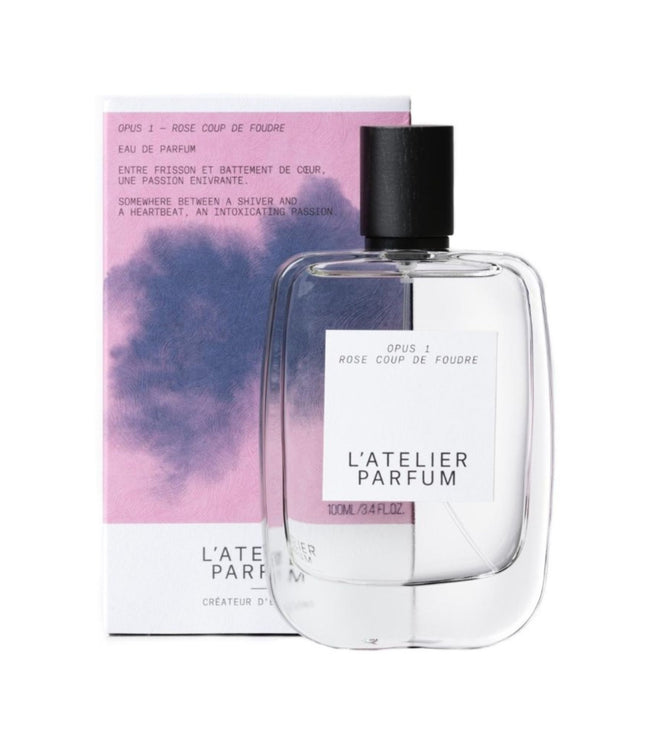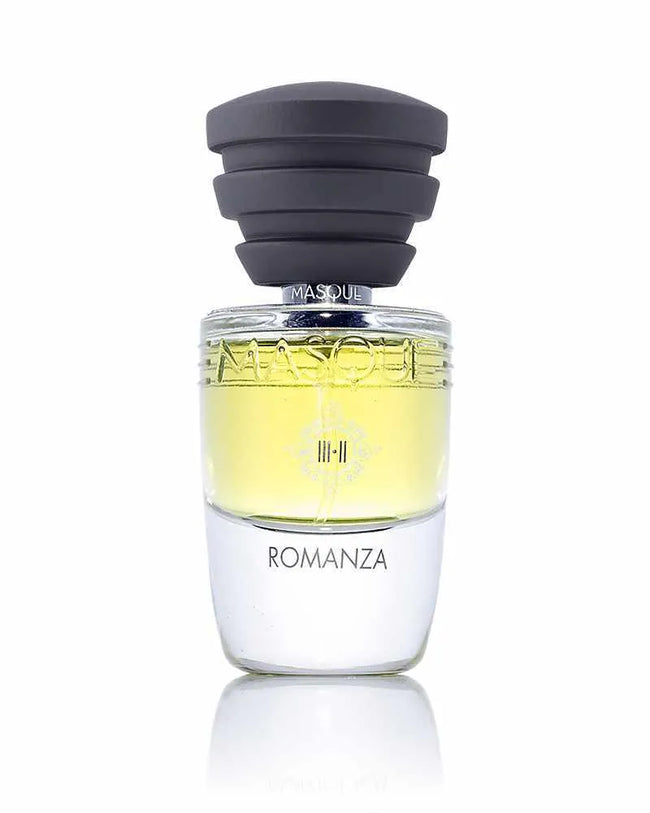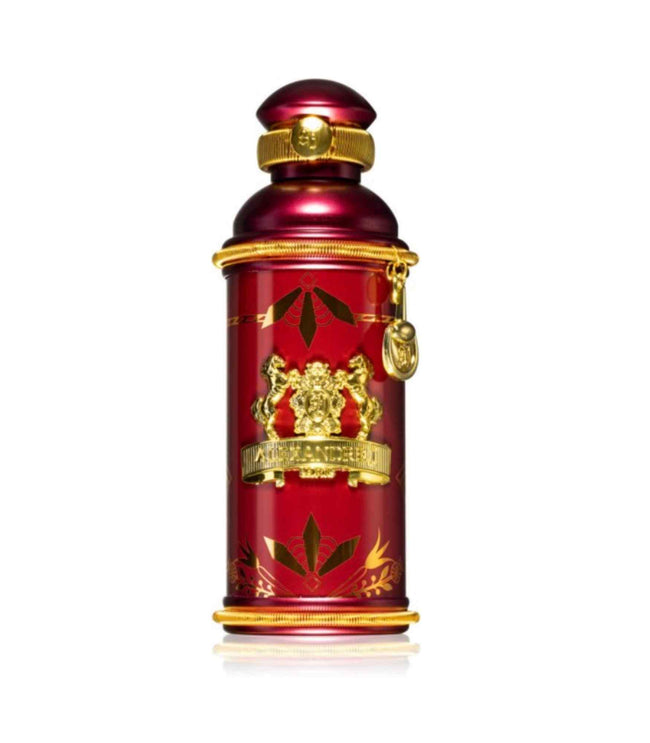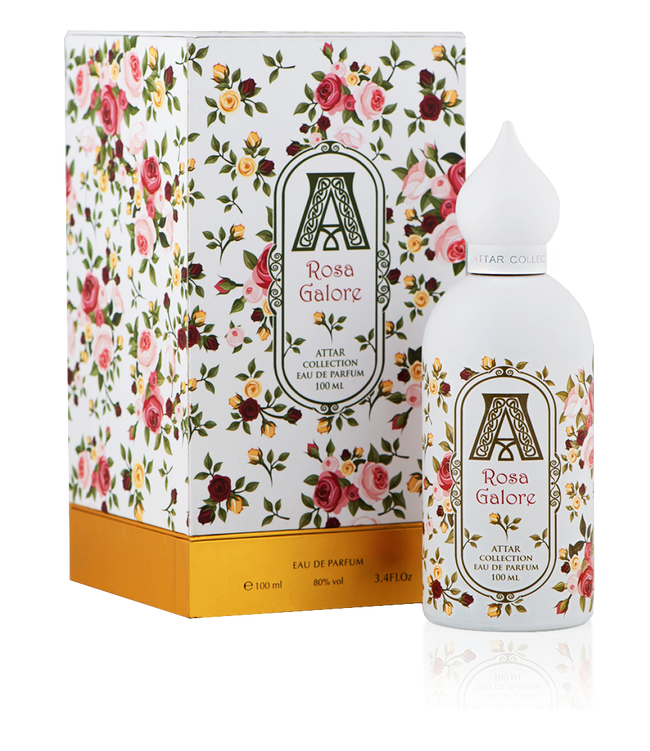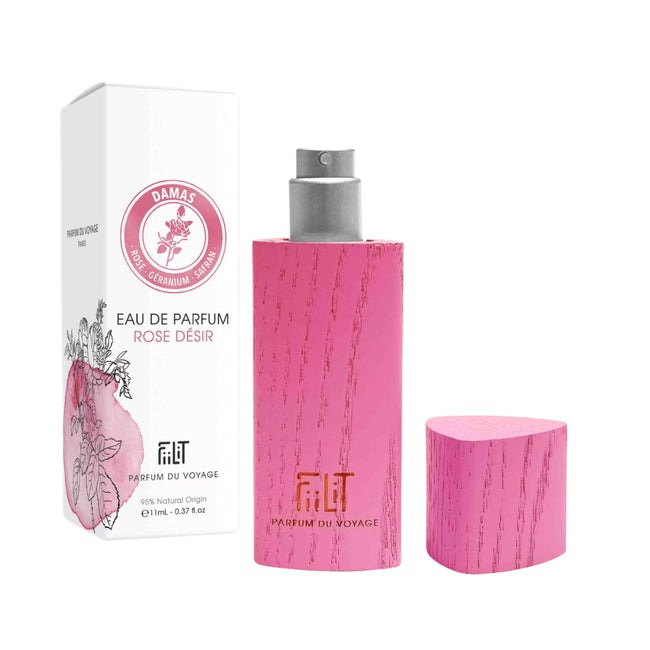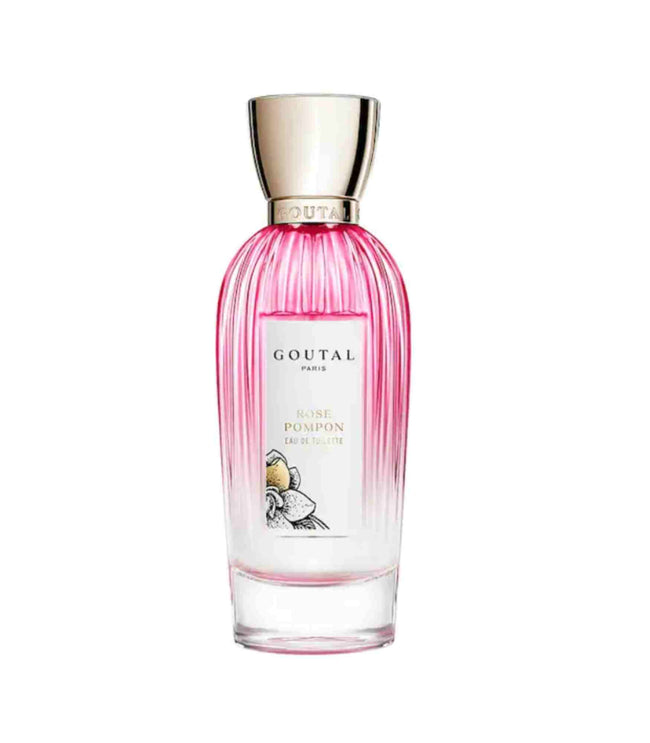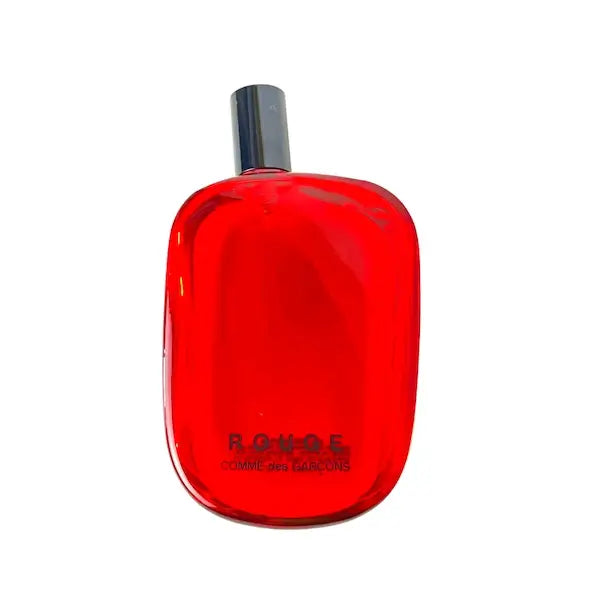
Rose Perfumes
Rose Fragrances: Classic Beauty with a Modern Twist
Roses have been a staple in the world of perfumery for centuries, admired for their rich, multi-dimensional aroma. The essential oil of roses, extracted through distillation or solvent extraction, offers a sweet, slightly spicy, and earthy scent that is both calming and invigorating. This versatility allows rose oil to harmonize with a variety of other notes, making it a favorite in both classic and contemporary perfumes.
Key Rose Varieties in Perfumery
Most rose oils used in perfumery come from two key species: the Damask rose (Rosa damascena) and the Rose Centifolia (Rosa x centifolia). These prized roses are cultivated in regions such as Bulgaria, Turkey, and Grasse, France—the latter renowned as the perfume capital of the world.
Rose Perfumes in Iconic Creations
Many iconic fragrances highlight the beauty of rose. From the Rose de Mai in Chanel No. 5 to the Damask rose in Lancôme's Trésor, rose oil has played a central role in crafting some of the world’s most beloved perfumes. Its unique aroma adds depth, warmth, and sophistication to any fragrance blend.
The Challenge of Authentic Rose Oil
Rose oil is one of the most precious ingredients in perfumery due to the vast quantities of roses required to produce it—up to 5 tons of petals for just one kilogram of oil. This makes it one of the most expensive essential oils, often substituted by synthetic alternatives or rose absolutes in modern formulations.
Discover Your Perfect Rose Fragrance
Whether you’re drawn to the freshness of a light floral or the richness of a deeper bouquet, rose fragrances offer a wide range of experiences. Browse our collection of luxurious rose perfumes and find the scent that speaks to your individual style.
